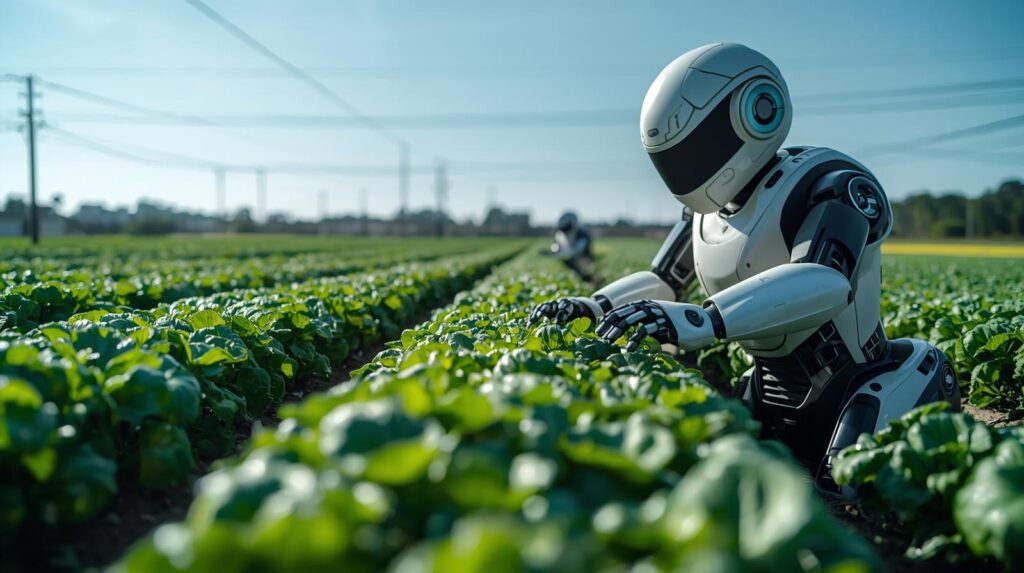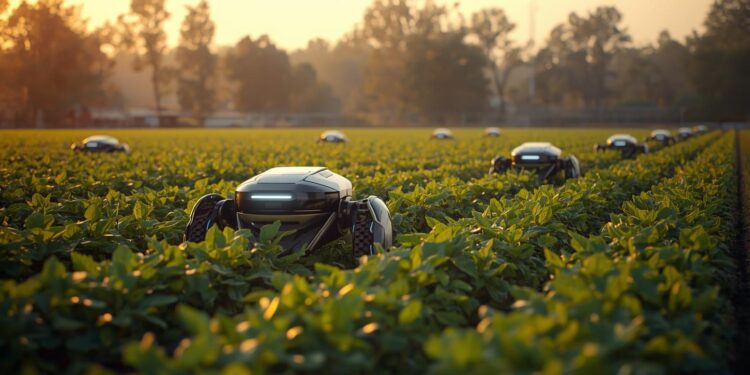In the ever-evolving landscape of agriculture, the incorporation of autonomous robotics is not just a trend; it’s a revolution. As technology continues to advance at a rapid pace, the agriculture industry is seeing transformative changes that are reshaping traditional farming practices. This article explores the role of autonomous robotics in agriculture, its impact on precision farming, and how these innovations are driving the future of agricultural technology.
Autonomous robotics refers to machines capable of performing agricultural tasks without human intervention. These robots are equipped with advanced sensors, AI-driven analytics, and machine learning algorithms that enable them to operate with high precision and efficiency.
Precision agriculture is a farming management concept that uses technology to monitor and optimize agricultural processes. Autonomous robots play a crucial role in this field by providing precise data collection, analysis, and execution of farming tasks.
For instance, drones equipped with sensors can survey fields and provide real-time data on crop health, soil conditions, and weather patterns. This information allows farmers to make informed decisions on irrigation, fertilization, and pest control, ultimately improving crop yield and reducing waste.
The introduction of autonomous robotics in agriculture offers numerous benefits:
- Increased Efficiency: Robots can work continuously without fatigue, significantly increasing productivity and allowing for more efficient use of time and resources.
- Cost Reduction: By automating labor-intensive tasks, farmers can reduce labor costs and allocate resources more effectively.
- Sustainability: Precision agriculture practices enabled by robotics minimize resource usage, such as water and fertilizers, promoting environmentally sustainable farming.
- Enhanced Data Collection: Robots provide accurate and timely data, enabling farmers to make better decisions and improve overall farm management.
Despite the promising benefits, integrating autonomous robotics into agriculture presents challenges that need to be addressed.

The cost of acquiring and maintaining advanced robotic systems can be prohibitive for small and medium-sized farms. However, as technology advances and becomes more widely adopted, costs are expected to decrease, making these innovations more accessible.
The complexity of operating and maintaining autonomous systems requires specialized knowledge and training. Farmers need to be equipped with the skills necessary to manage these technologies effectively.
As with any technological advancement, the use of autonomous robotics raises regulatory and ethical concerns. Issues such as data privacy, security, and the impact on employment need to be carefully considered and addressed.
The future of agriculture lies in the seamless integration of technology into farming practices. Autonomous robotics is a key component of this transformation, offering the potential to revolutionize the industry.
Emerging technologies such as AI, IoT, and blockchain are expected to further enhance the capabilities of autonomous robotics in agriculture. These innovations will enable more accurate data analysis, improved supply chain management, and greater transparency in food production.
To fully realize the potential of autonomous robotics, collaboration between technology providers, agricultural experts, and policymakers is essential. Partnerships can drive innovation, address challenges, and create a framework for the sustainable implementation of these technologies.
Autonomous robotics is set to revolutionize farming by enhancing efficiency, sustainability, and productivity. While challenges remain, the benefits of integrating these technologies into agriculture are undeniable. As the industry continues to evolve, autonomous robotics will play a pivotal role in shaping the future of farming, offering exciting opportunities for innovation and growth.
For CTOs, business strategists, and innovation managers, understanding and leveraging the potential of autonomous robotics in agriculture is crucial. By staying informed and proactive, they can drive transformative change and maintain a competitive edge in the ever-evolving world of agricultural technology.




